Description
Squash Butternut Chieftain F1
Squash Butternut Chieftain F1. An excellent compact growing variety producing 4-5 fruits per plant of up to 1kg each. The fruits have higher sugar content with finer and firmer flesh than Waltham Butternut, with excellent storage characteristics. Resistance to powdery mildew means better vine health.
Very easy to cultivate.
Cultivation Advice
- Butternut Chieftain F1 squash is a warm-season crop. Start seeds indoors 3-4 weeks before the last expected frost or sow seeds directly in the garden after the danger of frost has passed.
- Choose a sunny location with well-draining soil.
- Amend the soil with compost or well-rotted manure to improve fertility and drainage.
- Butternut squash prefers slightly acidic to neutral soil with a pH between 6.0 and 7.0.
- Plant seeds or seedlings in hills or rows, with spacing of about 3 to 4 feet between plants. Each hill can have 2-3 seeds, and if more than one plant germinates, thin to the strongest seedling.
- Keep the soil consistently moist, especially during the flowering and fruiting stages.
- Water at the base of the plant to prevent water on the leaves, reducing the risk of fungal diseases.
- Apply a layer of organic mulch around the plants to conserve moisture, suppress weeds, and maintain a more even soil temperature.
- Fertilize with a balanced, all-purpose fertilizer at planting time and then again when the vines start to develop.
- Avoid excessive nitrogen, as this can promote excessive foliage growth at the expense of fruit development.
- Butternut Chieftain F1 squash plants can have trailing vines. Providing support, such as a trellis or a sturdy fence, can help keep the fruits off the ground and save space in the garden.
- Butternut squash plants produce both male and female flowers. Bees are the primary pollinators, so encourage pollinator activity in your garden.
- Keep an eye out for common garden pests such as aphids and squash bugs. Handpick or use insecticidal soap for control.
- Companion planting with herbs like basil can help deter pests.
- Rotate crops each year to reduce the risk of soil-borne diseases.
- Provide good air circulation by spacing plants adequately and pruning excess foliage.
- Plant companion crops that can help deter pests and enhance the overall health of the garden. Marigolds and nasturtiums are examples of companion plants for squash.
- Consider succession planting to stagger harvest times and extend your Butternut Chieftain F1 squash harvest throughout the season.
- Butternut Chieftain F1 squash is sensitive to frost. Plant after the last expected frost date and provide protection if there’s a late cold snap.
- Wait until the soil has warmed up before planting Butternut Chieftain F1 squash seeds. Planting in warm soil promotes better germination and early growth.
- In areas with intense summer heat, consider providing partial shade during the hottest part of the day to prevent stress on the plants.
- While Butternut Chieftain F1 squash plants tend to have bushy growth, providing some support such as stakes or cages can help keep the vines organized and make harvesting easier.
- Use organic mulch, such as straw or shredded leaves, to maintain soil moisture, suppress weeds, and provide insulation against temperature extremes.
- Maintain consistent watering to prevent blossom-end rot and ensure proper fruit development. Inconsistent watering can lead to quality issues with the fruits.
- Intercrop Butternut Chieftain F1 squash with other compatible vegetables or herbs. This can maximize space and create a more diverse and resilient garden ecosystem.
- Butternut Chieftain F1 squash can be grown in large containers if garden space is limited. Choose a container with good drainage and provide support for the vines
- Periodically amend the soil with well-rotted compost or organic matter to replenish nutrients and improve soil structure.
- Avoid planting squash in the same location year after year to reduce the risk of soil-borne diseases and pests.
- Harvest Butternut Chieftain F1 squash by gently twisting or cutting the fruits from the plant. Regular harvesting encourages continuous production.
- Butternut squash has a sweet, nutty flavor and smooth texture, making it versatile for various culinary applications. It can be roasted, pureed, used in soups, or incorporated into casseroles.


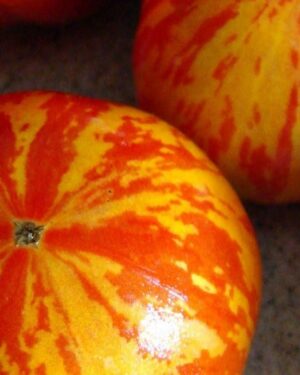
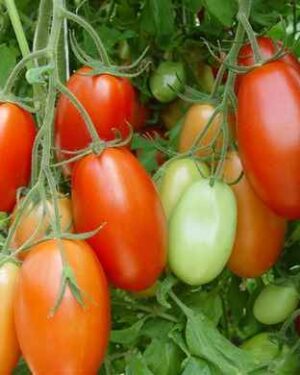
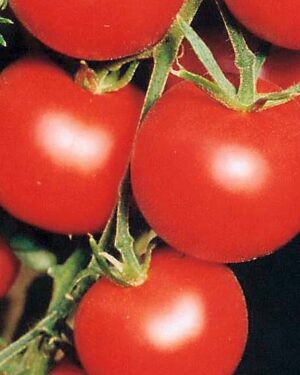


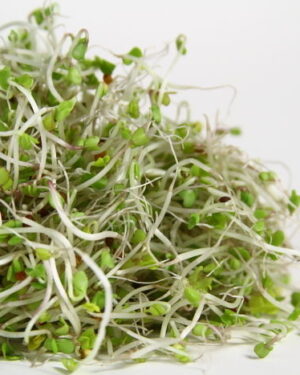
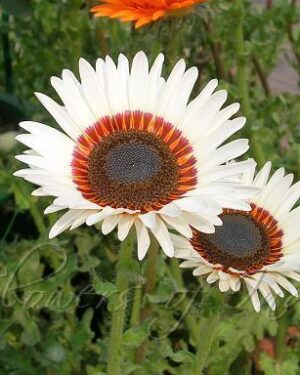
Reviews
There are no reviews yet.